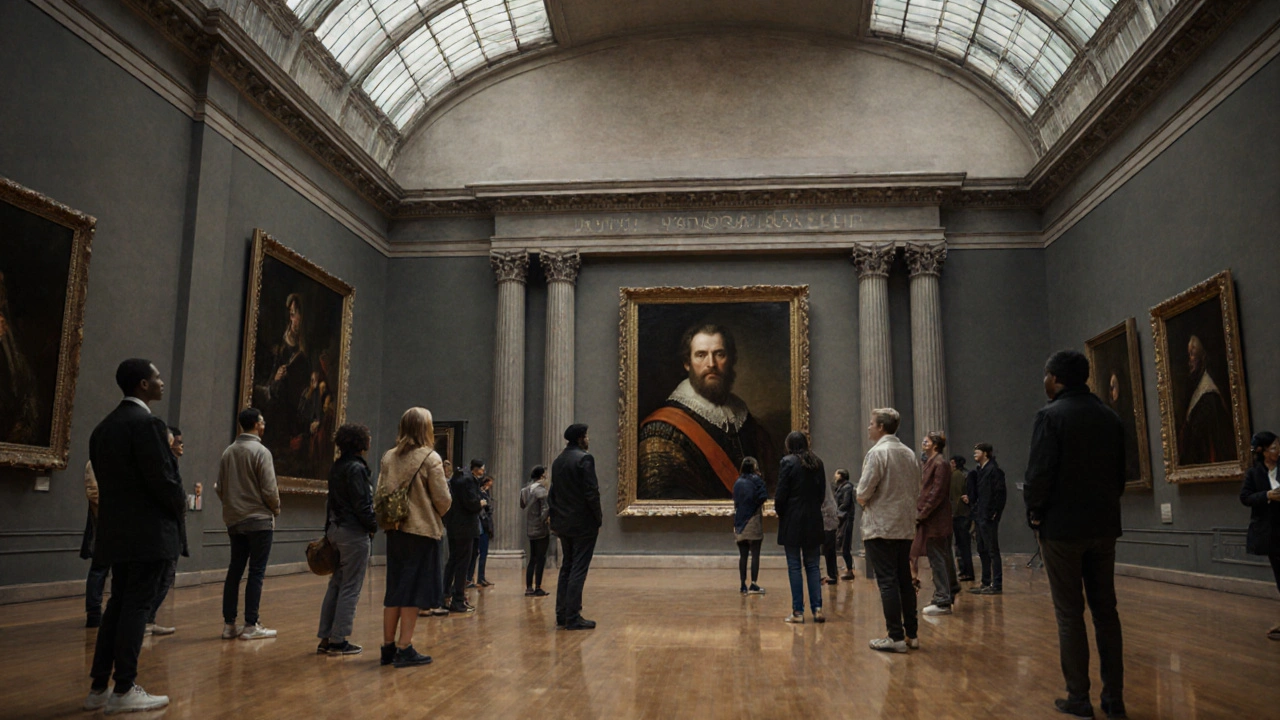British History Portraits: Famous Faces and the Stories Behind Them
When you look at a British history portrait, a painted image of a real person from Britain’s past, often created to assert status, power, or legacy. Also known as historical portraiture, it’s not just about how someone looked—it’s about what they wanted the world to see. These weren’t selfies. They were carefully staged declarations. A queen in velvet and pearls wasn’t just dressed for comfort; she was signaling control over a kingdom. A general in armor wasn’t posing for a family album—he was reminding everyone who held the sword.
These portraits live in places like the National Gallery, London’s major collection of Western European art from the 13th to 19th centuries, the Victoria and Albert Museum, a museum dedicated to decorative arts and design, including royal and aristocratic artifacts, and even tucked away in country houses you can still visit today. You’ll find Henry VIII staring down with that famous scowl, Elizabeth I surrounded by symbols of empire, and lesser-known figures—merchants, poets, soldiers—whose faces were preserved because someone, somewhere, thought they mattered.
What makes these portraits more than just old paintings? They’re time capsules. The folds of a lace collar, the angle of a sword, the shadow under an eye—each detail was chosen. Artists didn’t just copy faces; they told stories. A portrait of a woman holding a book wasn’t just about her love of reading—it might have been a quiet protest in a time when women weren’t supposed to be educated. A child painted in miniature wasn’t just cute; it was an heir, a future claimant to a throne.
You won’t find every face in a textbook, but you’ll find them here—in the quiet halls of London’s galleries, in the glow of candlelight on canvas. These portraits connect you to real people who shaped Britain: not through dates and battles, but through their eyes, their clothes, their silence. And if you’ve ever stood in front of one and wondered who they were, you’re not alone. Millions have. That’s why this collection of posts dives deep—not just into who was painted, but why, where, and how you can see them today.
Below, you’ll find real guides to the best places to see these portraits, what to look for when you’re standing in front of them, and even how some of these faces still influence how Britain sees itself today. No fluff. Just the faces, the history, and the stories that still echo in stone and paint.
